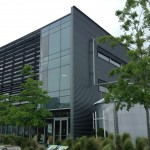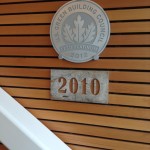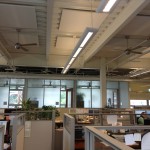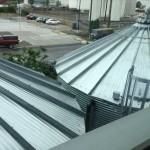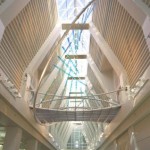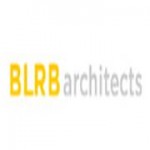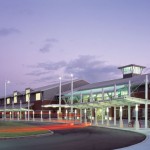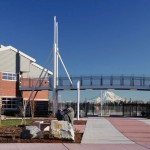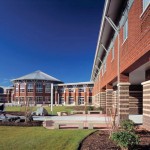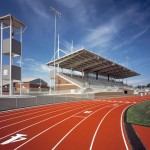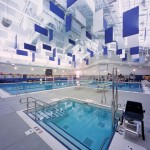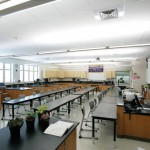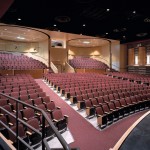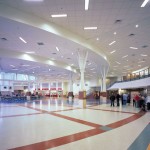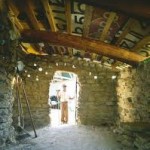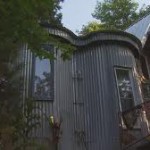Tour Assignment:
For my museum visit I asked my professor if I could do a LEED certified building as my visit because it still provided me the same amount of information that she wanted us to get from our tours. Going to the building Center for Urban Waters and knowing that it was a LEED building my mission was to go with a focus on the sustainable elements that it provides, the amazing innovation that came with it for inspiration, and for a better understanding of how a LEED building runs. After the visit I made a proposal for attributes of the building such as the square footage, how many points it earned and in what, and I also asked for blueprints but those are out of my budget right now.
ABOUT:
The Center for Urban Waters is maintained with the collaboration of “The City of Tacoma”, “Puget Sound Partnership”, and UW Tacoma. Each contributor provides their services for water quality, storm water studies and analysis, micro-plastics, and cleanup/restoration in a complimentary manner to influence environmental restoration by using its sustainable features. The City of Tacoma provided the structure while UW Tacoma provides the research for the environment, and Puget Sound initiates urban development efforts. The center was awarded in the following categories for its certification: Sustainable Site, Water Efficiency, Energy and Atmosphere, Materials and Research, and Indoor Environmental Quality.
Location:
“Center for Urban Waters”
326 East D Street
Tacoma, WA 98421
VISIT:
As I went there I was greeted to Kelvin my tour guide, he is strongly educated about the build but it seemed it was too much for him at his age. Anyways I told him my intentions for this tour: to learn the sustainable features of the building to help inspire my motivation for Sustainable Design. We shot up to the roof where Kelvin talked about the geothermal wells are wells that runs through the building to heat and warm it up when it is needed. Geothermal Wells: is the process of using a heat/energy source directly from the earth by drilling to a limit where heat levels are stable for energy production. After we went inside to get a visualization of the Green Roof’s that are located on the sides of the building and the roof for maximum East-West sun protection. After the green roof the automatic Solar Shades where next: since Washington has a Bi-Polar weather forecast the solar shades react to the building temperature to activate shades activate, it’s still manual but not recommended because the buildings temperature is highly sensitive because of the elements that are related to the temperature. Natural Ventilation, one of the most important elements of the building. Water Storage Tank, water from the green roof and water rejected from the laboratory’s pure water system is collected in two 36,000 gallon tanks and is used to flush toilets and irrigate the plants. Having a rain water harvesting tank in Washington is very resourceful with the amount of rain fall it receives, with the sustainable values attached to the building its 37% more efficient than a standard building on energy. After the visit my most important thing learned was there is a lot of influence and advertising of sustainable design that is needed in order to maintain our materials.
RESOURCE:
http://www.urbanwaters.org/our-facility/saving-energy/saving-energy-efficient-design
And tour guide Kelvin.
HISTORY:
The Tacoma Municipal was the first publicly owned dock in the state that gave it links to maritime activities on the downtown waterway in the early 1900’s. It was used as a terminal for cargo ships and the “mosquito fleet”. When the 1930’s came by the transportation method of using ships became inferior to cars and left the dock no longer needed. As time passed efforts to restore the dock were attempted but stopped after the Nisqually earthquake in 2001 because it left the building to damaged for repairs. This history correlates with the Center for Urban Waters because the historic timber s were salvaged and reused for the conference room walls and the walls and ceilings in the main lobby.
And now enjoy this 2 minute in the eyes of a zombie (video of me walking from The Center for Urban Waters)
